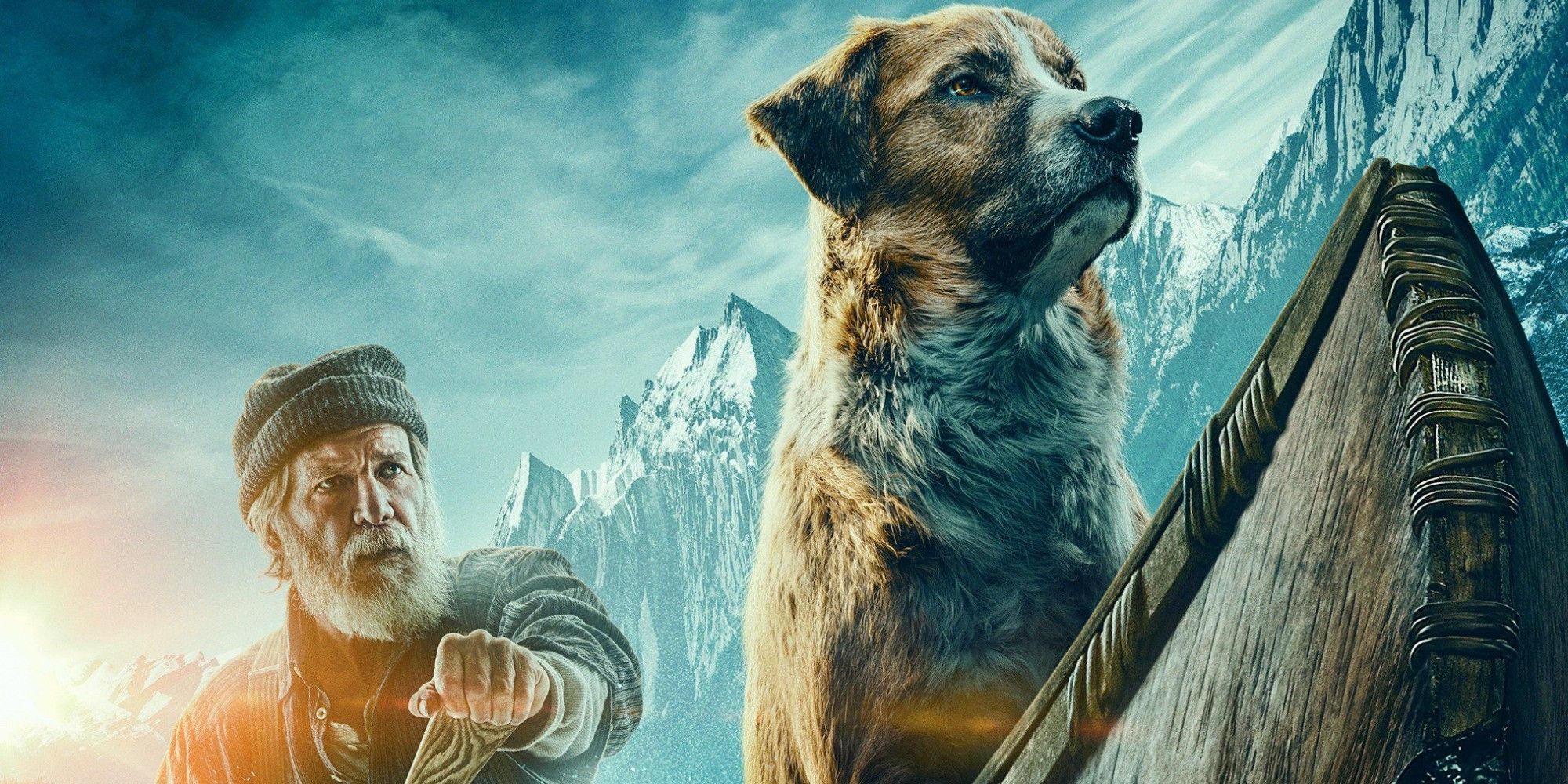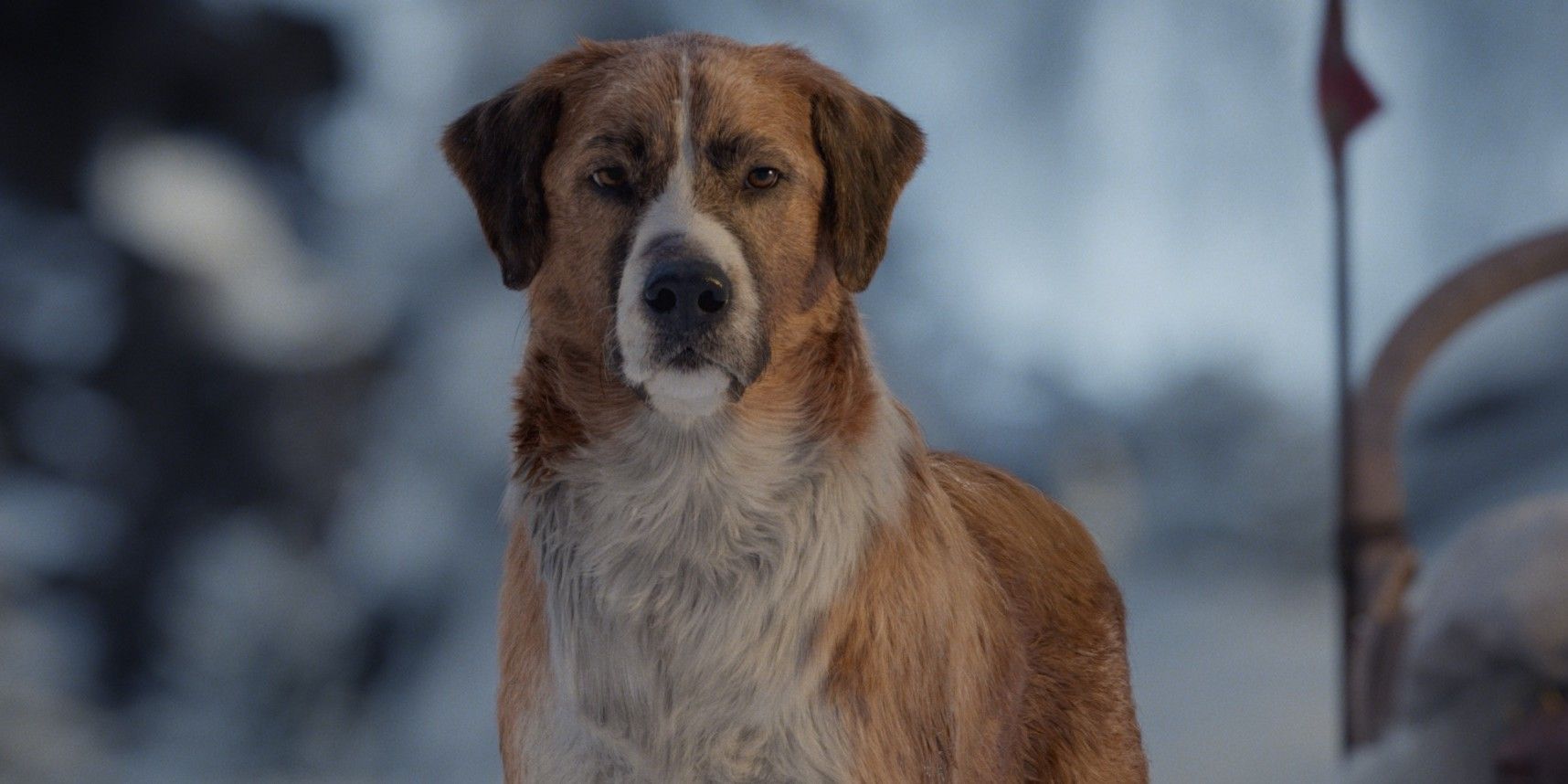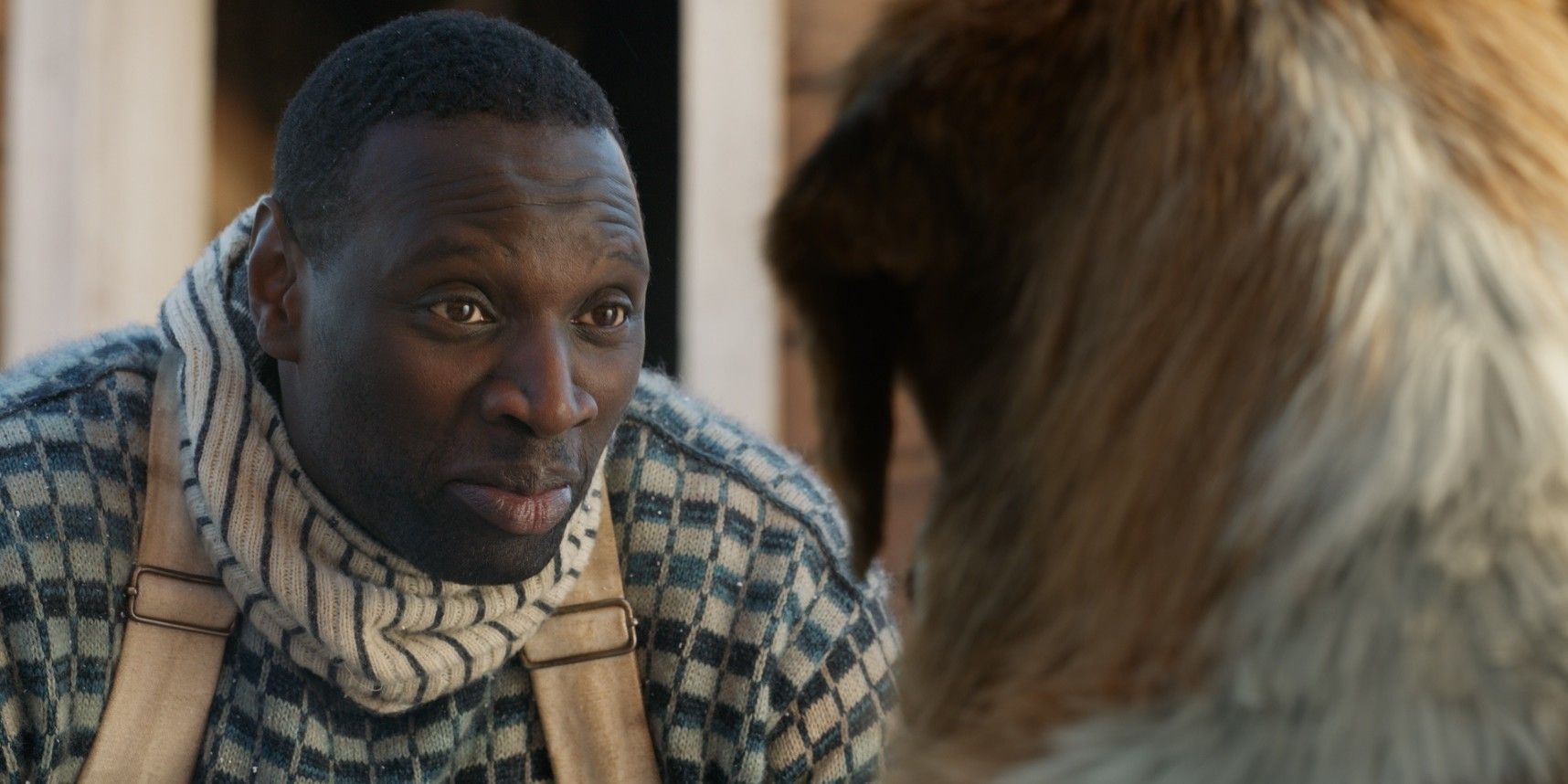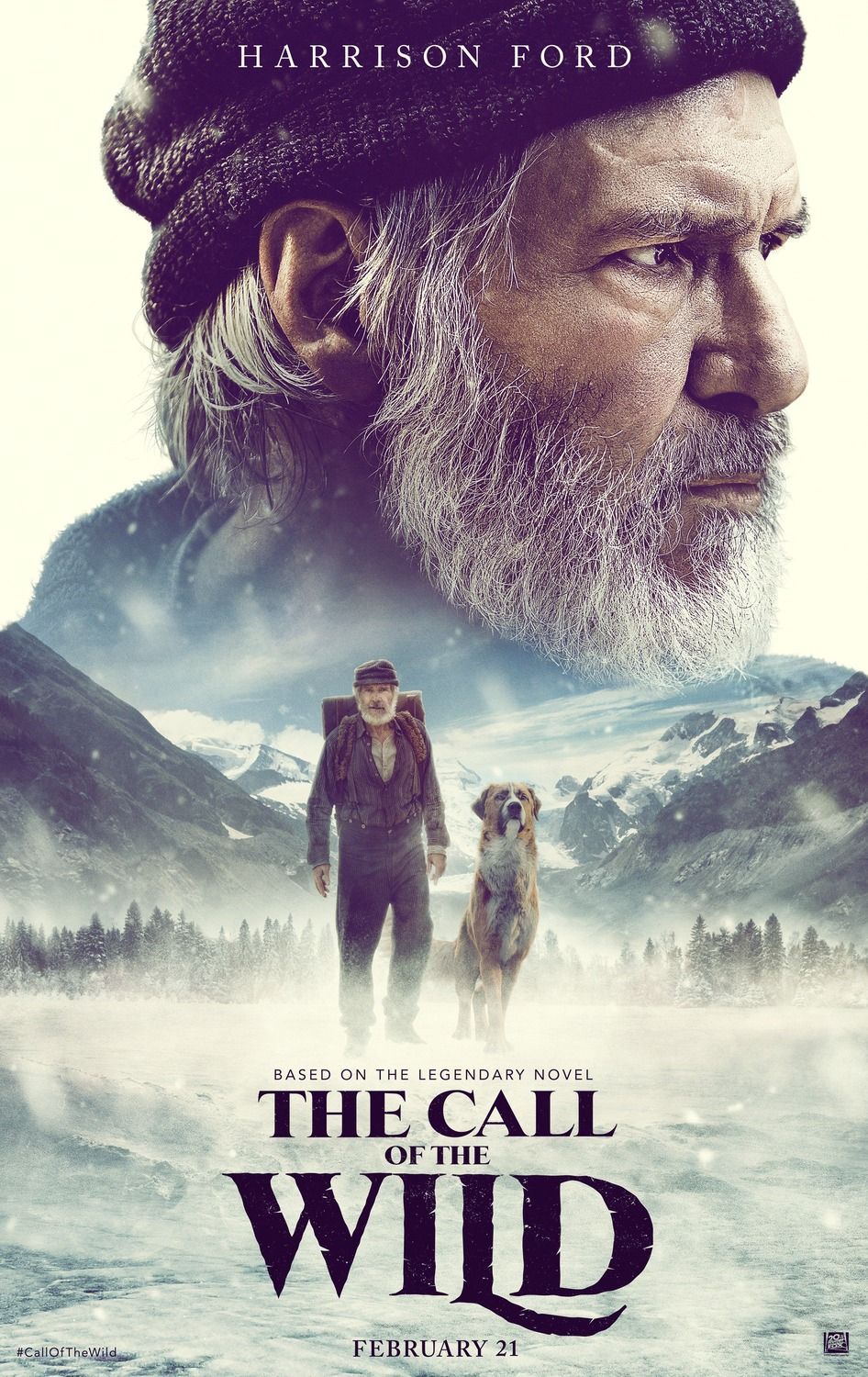Disney's been the go-to source for heartstring-tugging family movies about dogs since the '90s (or, really, as far back as Old Yeller in 1957), so it's kind of surprising The Call of the Wild didn't originate there. The latest adaptation of Jack London's classic adventure novel, the film was developed under Fox - now 20th Century Studios - and marks the live-action debut for director Chris Sanders of Lilo & Stitch and How to Train Your Dragon fame. Sanders is firmly in his wheelhouse retelling this story about a four-legged creature and the relationships they form with their bipedal companions, even if his filmmaking sensibilities remain a better fit for animation. Though it lacks the grit and gristle of the best London adaptations, The Call of the Wild is elevated by Harrison Ford and a very good CGI doggo.
Set around the time of the Klondike Gold Rush in the late 1800s, the story follows Buck, a massive St. Bernard/Scotch Collie dog who leads a pampered life in Santa Clara, California, under the eyes of his master Judge Miller (Bradley Whitford). One night, however, Buck is tricked and stolen from his home, only to end up being sold to freight haulers in the Yukon. Once there, he's quickly purchased by Perrault (Omar Sy), a kindly mail delivery man who trains him to become part of his dog sled team. Along the way, Buck crosses paths with and befriends John Thornton (Ford), a grizzled loner wandering the wilderness in the wake of a personal loss. But when the pair set off on a journey into an unexplored region of the Yukon together, Buck is increasingly pulled away from the world of human masters and finds himself yearning to live freely in the wild.
Easily the most eyebrow-raising thing about The Call of the Wild heading into its release, Buck is also its most captivating element. Realized through a combination of photorealistic computer animation and a stand-in performance by movement coach and motion-capture extraordinaire Terry Notary, the character is highly expressive, emotive, and ultimately lovable, assuming you can get past the initial uncanny valley aspect. The decision to render Buck in this fashion makes more sense than not; in addition to being larger than life (cartoonishly so, in certain scenes) in his physicality, he's constantly being put in dangerous situations or having to fight to survive, in a way that would've been harder to manage switching back and forth between a real dog and a CGI one. Even knowing he's a digital creation, you feel for Buck when he's abused, neglected, or threatened, thanks to Notary and the visual effects team's fine work.
But as comfortable as Sanders seems to be bringing Buck to convincing life, he struggles when it comes to The Call of the Wild's non-CGI components. The movie looks and feels a lot like an animated film redone shot for shot in live-action, much in the same way many of Disney's live-action remakes of their animated features have. At times this works, allowing Sanders and his cinematographer Janusz Kamiński to really present this story from Buck's perspective; at other times, it becomes obvious The Call of the Wild was primarily shot on sound stages with green screen backdrops and not on-location. Still, the movie has the same awe and respect for nature as London's work famously did, and Kamiński's masterful usage of silhouettes and light beams (as he's used on all of Steven Spielberg's films since Schindler's List) makes the Yukon backdrop come alive visually in a way it wouldn't have otherwise.
The adapted script by Michael Green (Murder on the Orient Express) is similarly uneven in the way it gives Buck a perfectly sturdy coming of age arc (here, reframed as Buck learning to "be his own master"), yet avoids digging any deeper into its source material's themes or ideas. That goes double for The Call of the Wild's human characters, which range from simple yet engaging (Perrault and his associate Francoise, played by Cara Gee) to a one-note stereotype in the case of Dan Stevens as Hal (a cruel and uppity prospector), but through no fault of the actual actors. Fortunately, Ford does the bulk of the heavy lifting on the human side, lending real pathos to Thornton's tragic backstory and serving as the movie's appropriately gruff-voiced narrator. He even has decent chemistry with Buck, despite not having a flesh-and-blood dog to interact with during shooting.
It almost makes sense The Call of the Wild eventually found its way under Disney's umbrella; it fits into the same category of adaptations that soften the darker aspects of the classic stories that inspired them (without dropping them entirely) and give their rougher texture a fresh coat of gentler CGI-heavy paint, yet make for otherwise respectable family-friendly entertainment, like most of their recent live-action films. The Call of the Wild will surely have a harder time at the box office without the built-in nostalgia Disney's remakes of their animated features come with, but for those game for an old-fashioned adventure in the wilderness, the movie should do the trick. And if Buck isn't always convincing as a real-life dog, he's still proof it's better to make a photorealistic CGI critter who's overly expressive (and perhaps even a little stylized) than one that's uncomfortably dead-eyed, if truer to real life.
The Call of the Wild is now playing in U.S. theaters. It is 105 minutes long and is rated PG for some violence, peril, thematic elements and mild language.




